Winter is the time for hardscaping in the garden. But tasks involving stock and stone take a lot of time, and have stages, and very seldom seem to be finished when spring arrives and the weeds pour out. The ground has to be prepared for planting in the vegetable garden and annual beds. The lily beds, roses and irises have to be cleared and encouraged. When it’s time to clear the beds of weeds and rake the winter debris out, the job can’t be put off or you’ll soon have a nightmare on your hands.
Many people who sort of want to garden are knocked out of the racket altogether by the inevitable conflux of spring work. I regularly stop and run my muddy fingers through my sweat-dripping hair and ask if what I go through is really worth it or not. But life itself is mostly a bargain. You can fill in the blanks in the following sentence in countless ways: “If you want to have _____ then you have to _____.” I find that I do want irises and lilies. To keep us working for delayed gratifications, a garden needs all-season reminders of why we do it. Because, believe me, I wake up stiff and sore every day. Today, March 23, as I write this, it is cold again and raining, so I’m only going to go out once and take a few pictures.
The background in the tulip photo above shows three of our worst Central Virginia weeds: spindleshanks, grannyspackle, and plaguewort. Faintly visible in the upper right corner of the photo is a Scotch thistle, a noxious weed in most contexts. I think it might even be illegal to grow in Washington State. But butterflies love it and I generally allow one to survive so I can look at it eye to eye in summer when they grow to be my height.
However, I digress. This blog post was intended to be about work in the garden, especially the confluence of hardscaping and early spring garden bed prep. I finished some of the winter hardscaping, for instance the finished corner in the photo below. Some of the winter hardscaping is still desperately underway. I say desperately, because the time available shrinks in the face of pruning and weeding demands that cannot be put off.
There are plants that deer won’t eat, a longish list including daffodils, narcissus, spirea, and peonies. A couple of days ago I planted a new peony bed, which looks small but required the removal of three wheelbarrows of dirt to accommodate five promising new peonies, a Christmas gift from Alex and family that just arrived from White Flowers Farm.
Planned work, such as garden enlargements, rock features, paving and new flower beds, take up the most time and thought. These are the schemes one lies in bed thinking about at night, and they cause back-bending amounts of digging, hewing and carrying. Scheme-work has to be set aside regularly for the essential and the timely work that absolutely has to be done, first and in place of other tasks, to prevent nature from taking the garden back.
Then there is a particularly recherché category of work, generally neglected in the garden literature: managing the material consequences of one's own efforts. Pulled weeds have to be piled on the mulch heap, dirt on the dirt heap, scattered tools and implements have to be collected, things have to be stored. There may be transplants awaiting reburial, extra rocks set aside that will never walk to a better place by themselves, plant supports stacked “out of the way” in November that are now “in the way” in March. There is no convenient time for this sort of little task. Indeed the little tasks outweigh the huge tasks. Half a bucket of decayed saprolite—the chemically weathered rock working its way up from the subsoil—more usually defined as some kind of rock that lives in the local dirt—now there’s an easy bucket to set aside. Then it has to be moved again. Somehow, hopping buckets and barrows, tools and debris across the work site turns out to be most of what gardening is, physically.
As for me, I’m in it for the rocks.
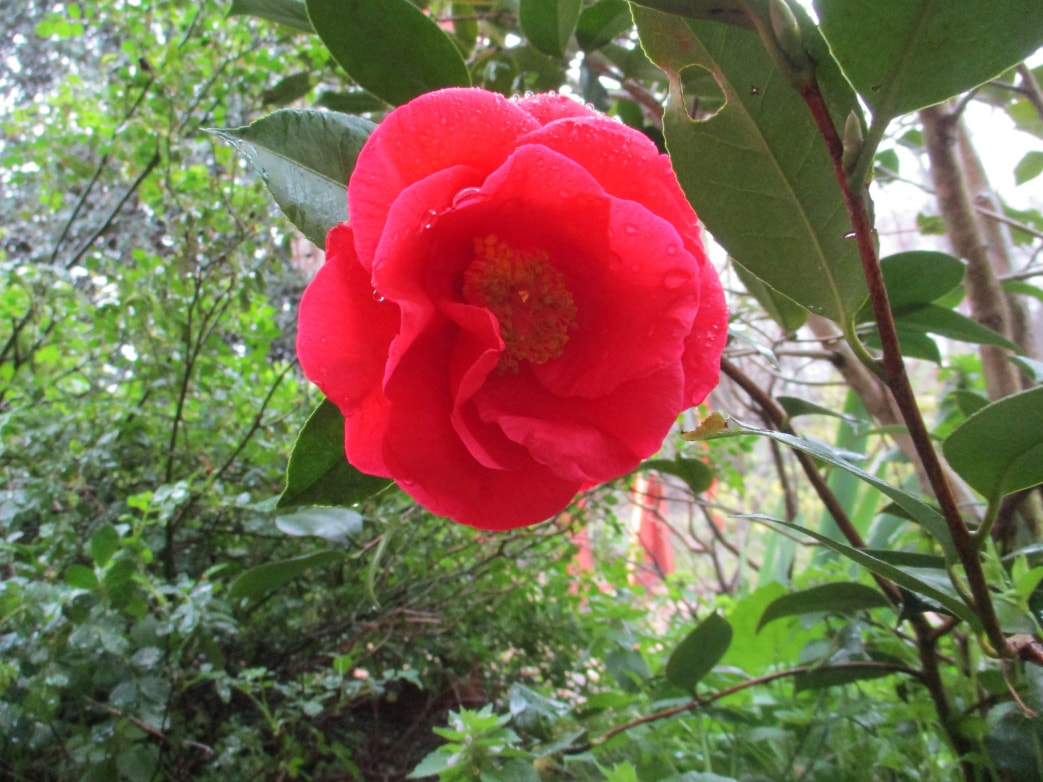
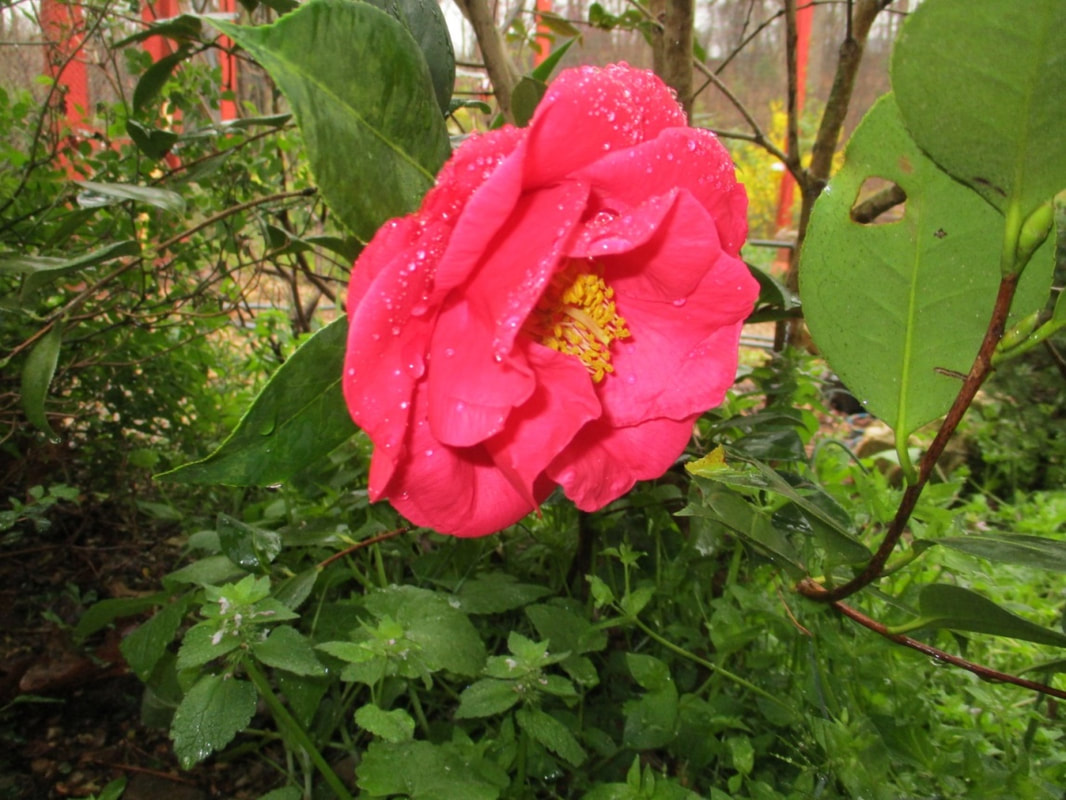
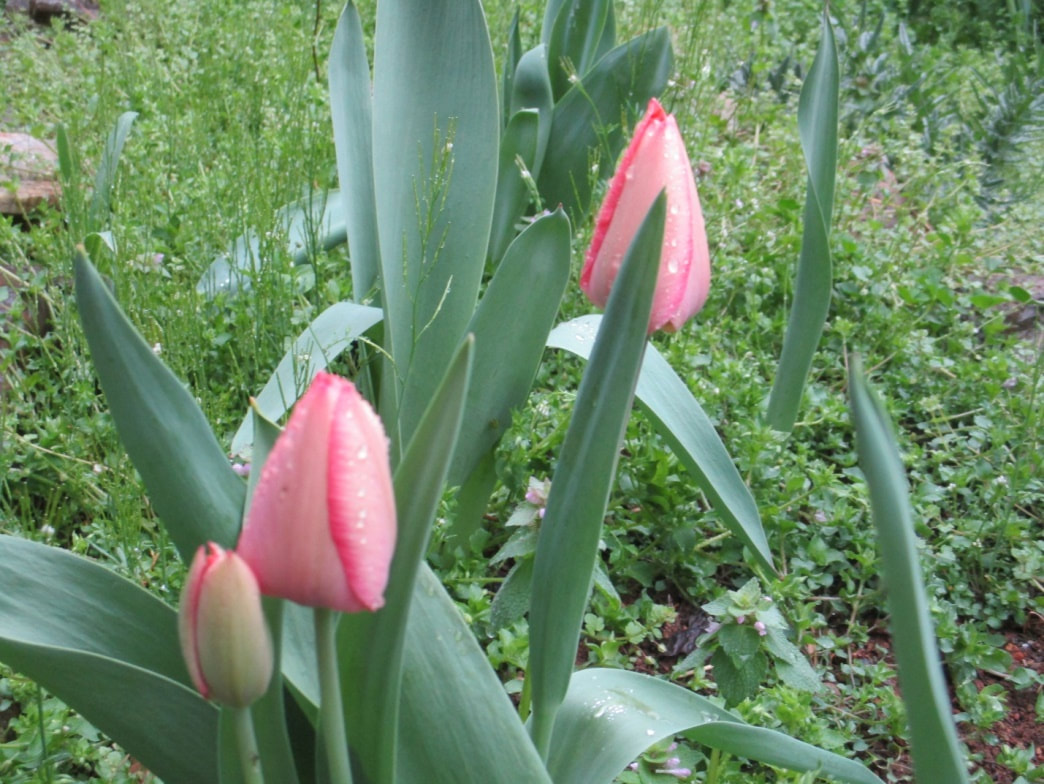
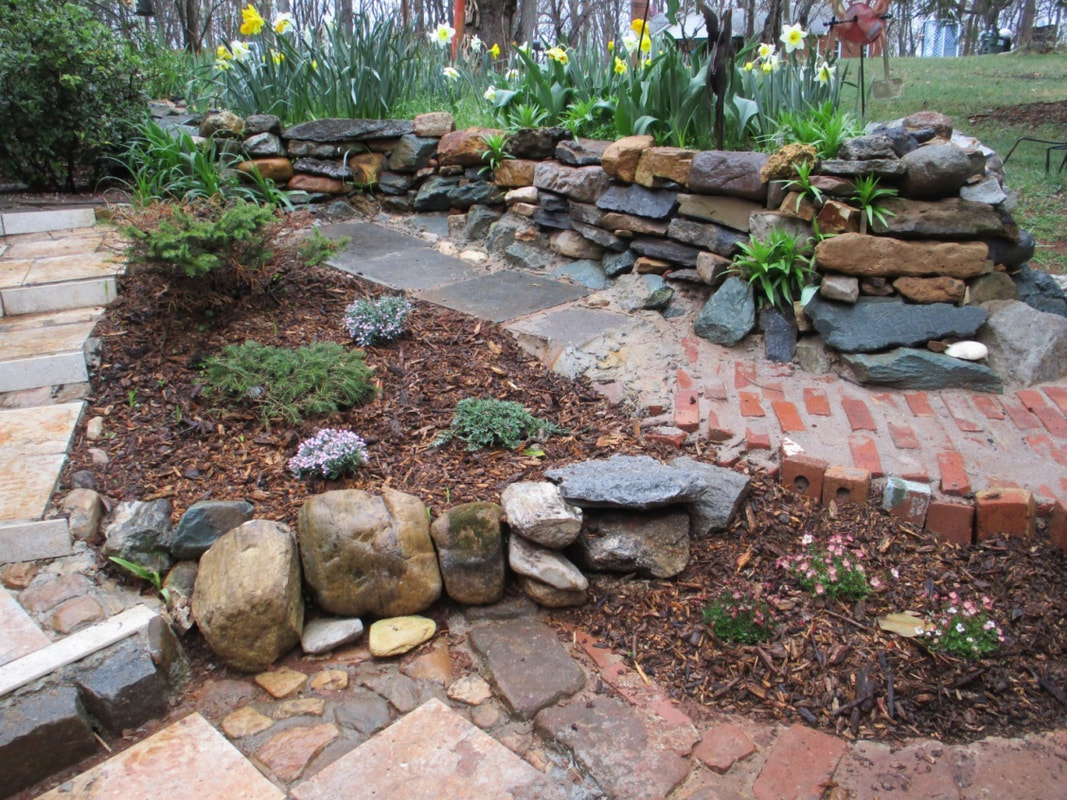
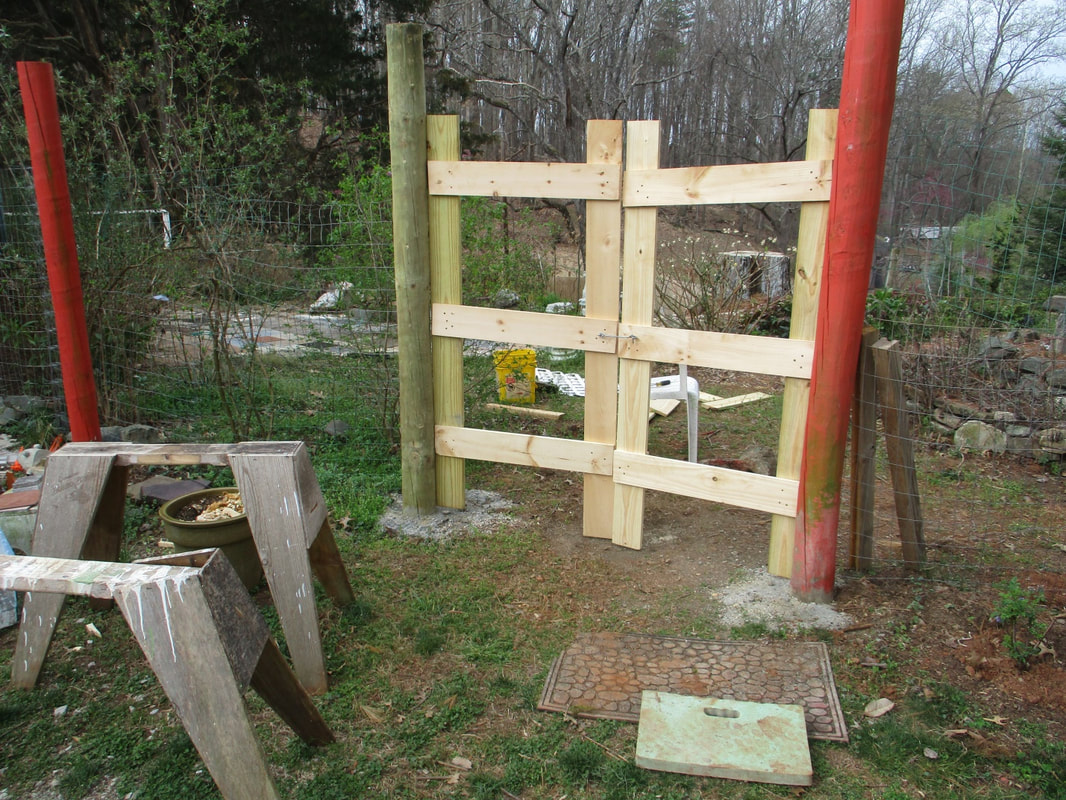
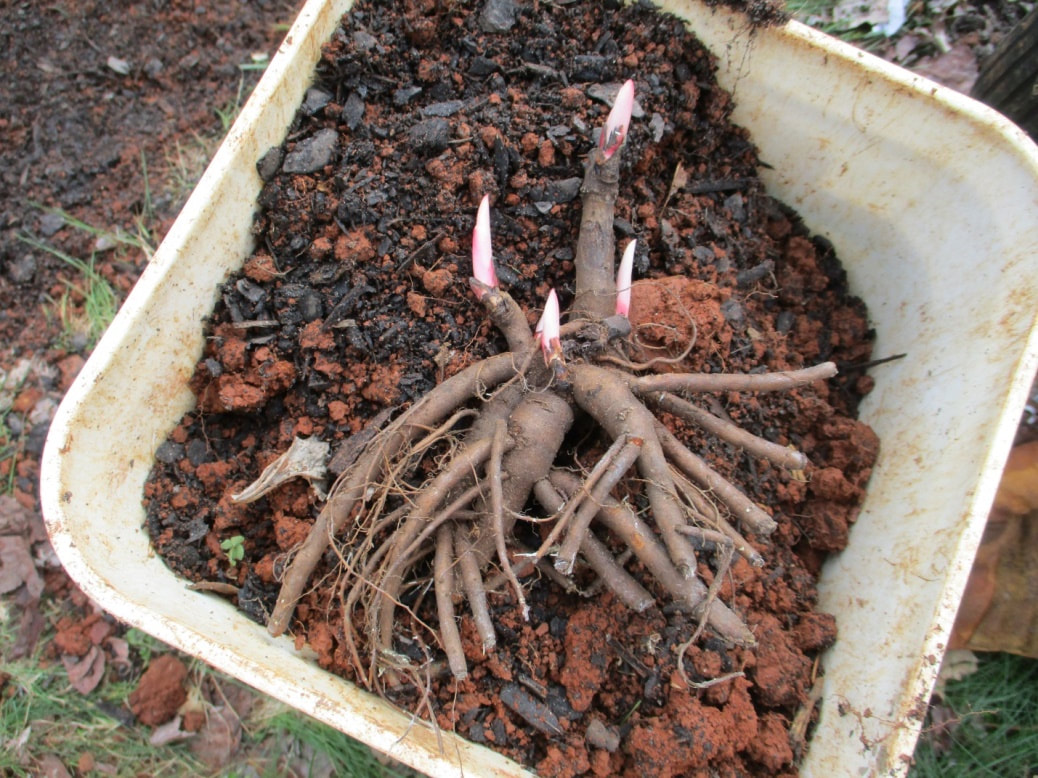
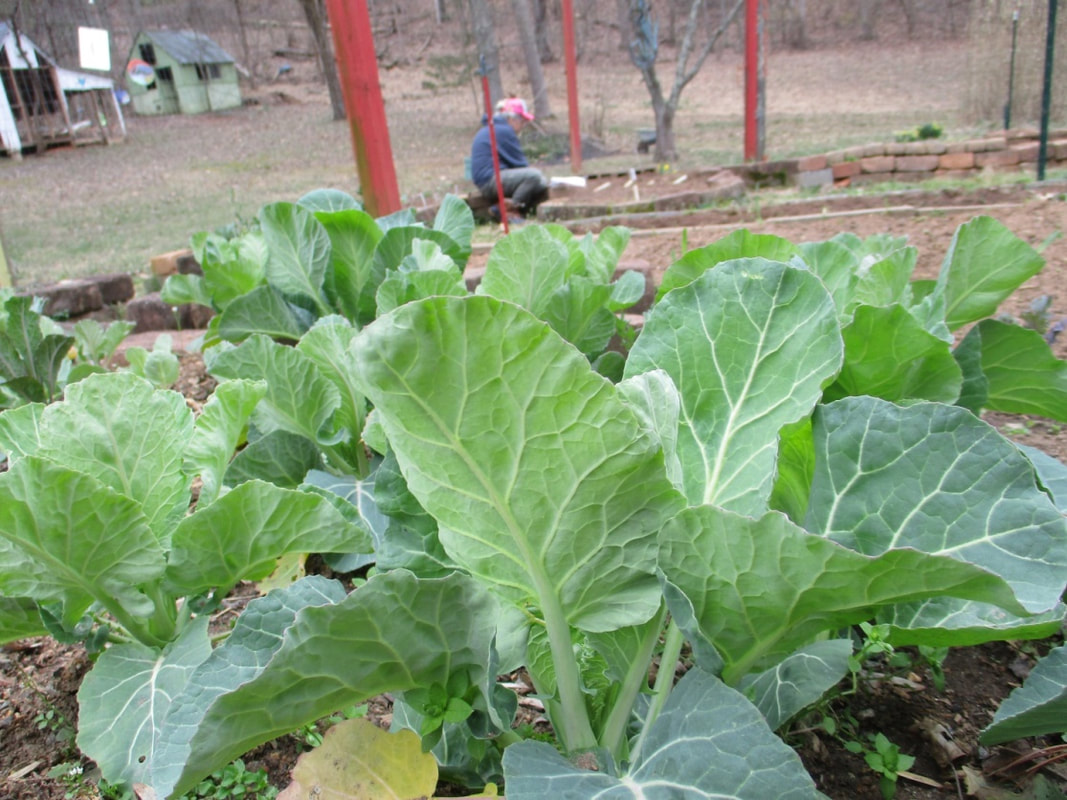
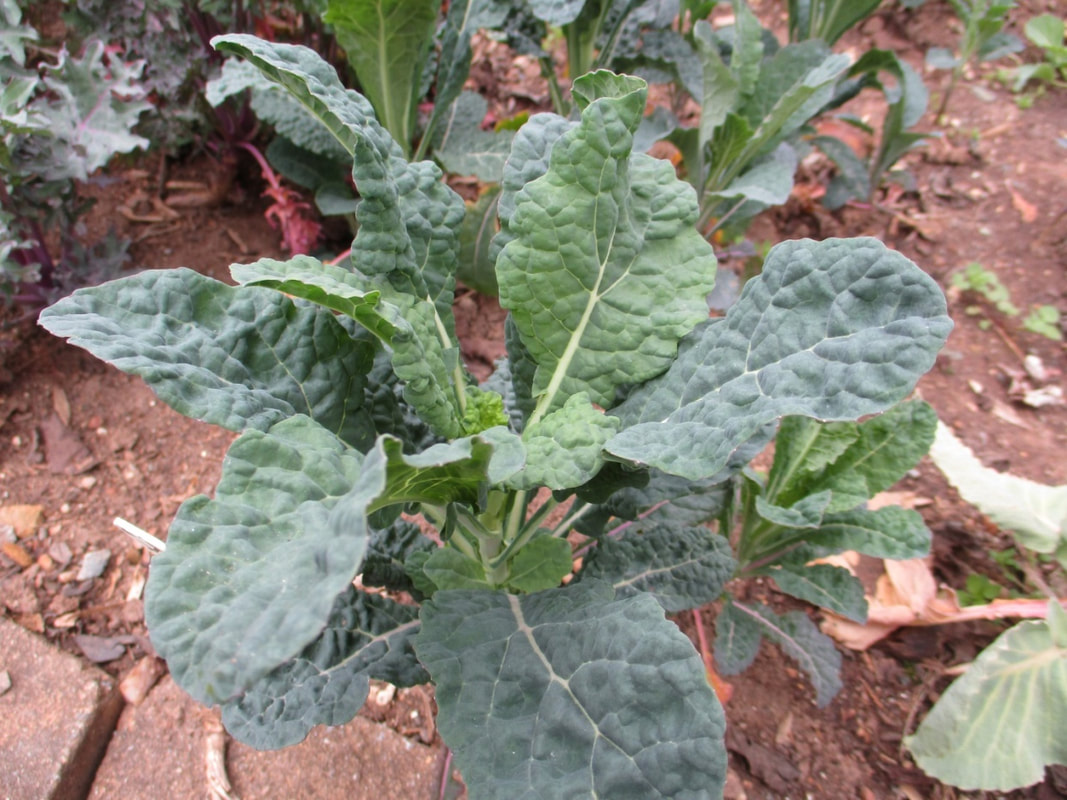
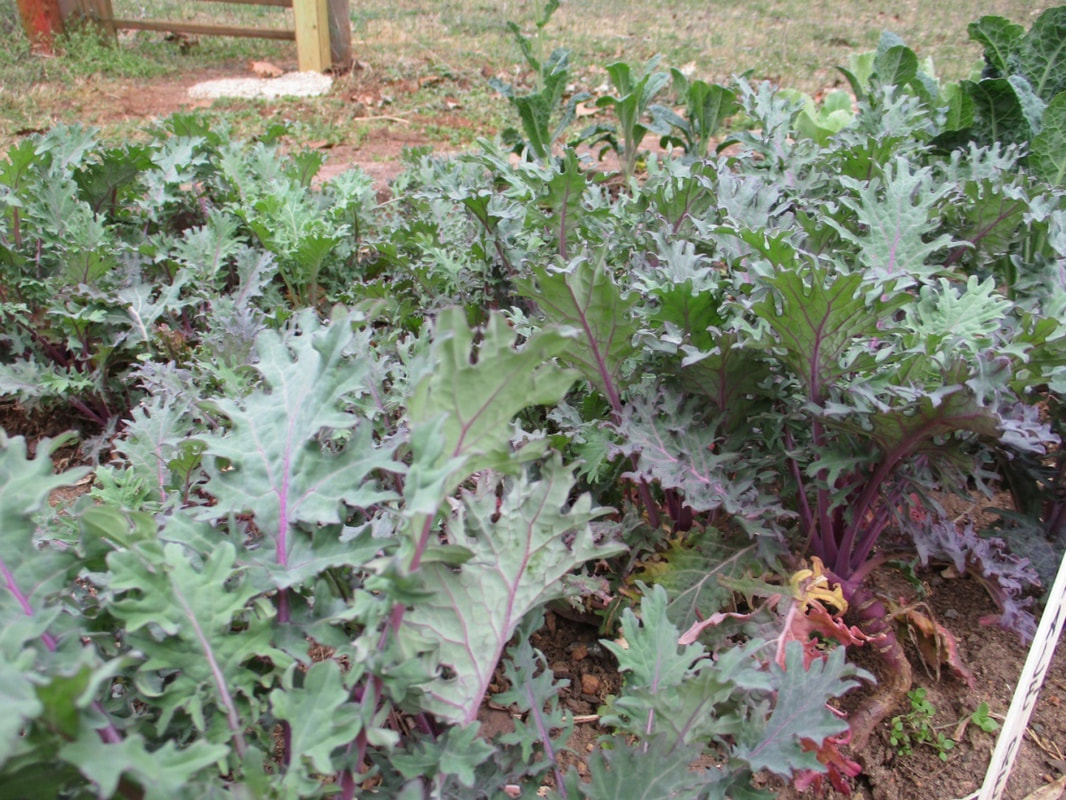

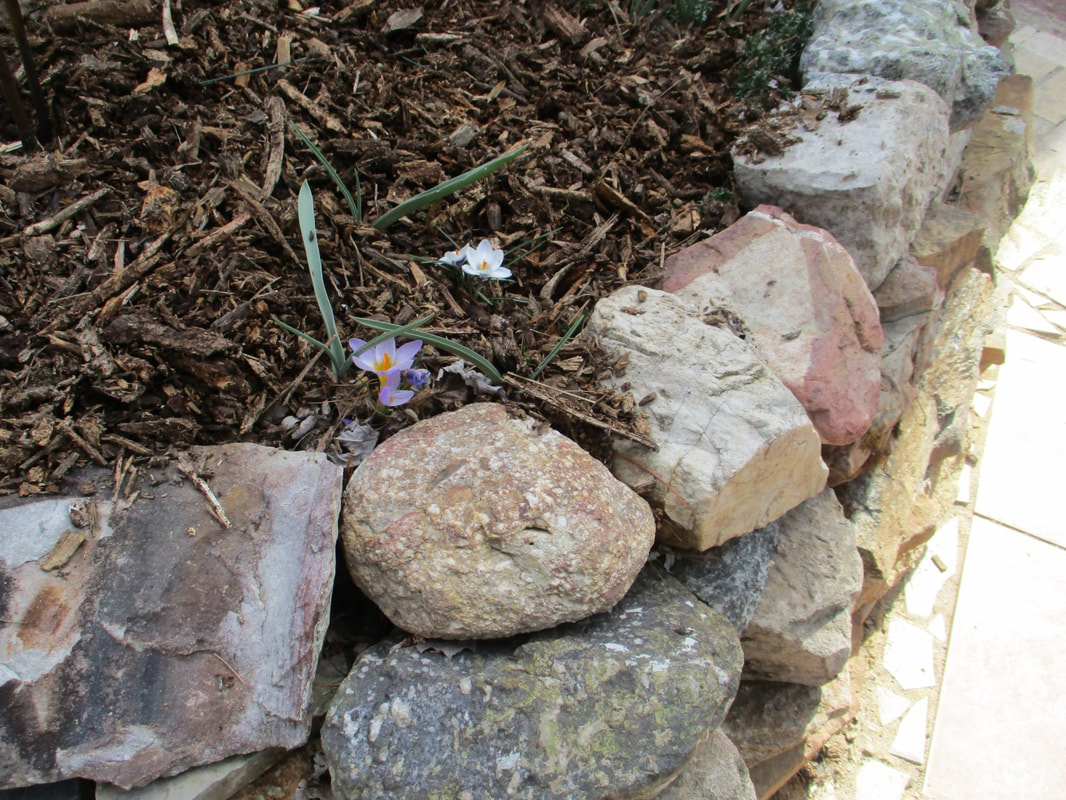

 RSS Feed
RSS Feed